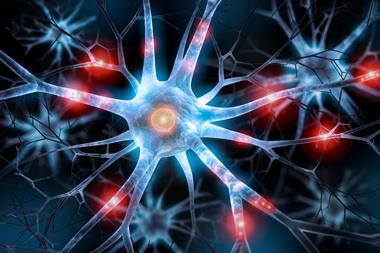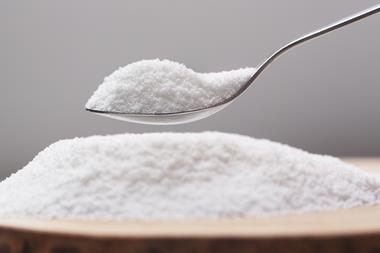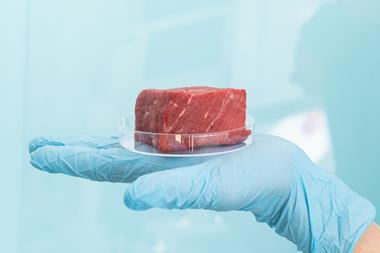Pure silica particles – which were thought to be inert and are widely used in food and cosmetics – can facilitate oxidation of cell-protecting antioxidant thiol molecules by converting them to disulfides. Although the study did not investigate the reaction in vivo, the team suggests its findings are concerning and recommends further studies to determine their safety.
‘Thiol-containing compounds, such as glutathione, are biologically important as antioxidants. If the depletion of thiols by silica occurs in the human body, it could lead to toxicity, diseases and ageing,’ explains Yangjie Li, who led the study in Richard Zare’s lab at Stanford University in the US.
The US Food and Drug Administration allows up to 2% by weight of silica particles, also known as silicon dioxide, to be added to food. Meanwhile, the EU allows up to 1% by weight in dried powdered additives in foods. It’s mainly used as an anti-caking agent in dry products such as flours, spices and powders.
Various medical applications using mesoporous silica nanoparticles are also in development. ‘Some people are proposing that drugs be loaded in the pores of silica particles and injected into the human body. Our work raises the question of whether this is safe,’ Li says.
Li’s previous work had found that glass particles can act as a heterogeneous base, so she began investigating if silica, which has a similar structure, behaved comparably. It didn’t, but in the process Li noticed that silica could react with thiols.
To understand the phenomenon, Li and colleagues tested the reactivity of silica by incubating solutions that contained a thiol – including the antioxidant glutathione – and pure silica particles, both porous and non-porous varieties. These solutions were then left in the dark for a day at room temperature.
The team found that oxidation of thiols into disulfides increased markedly, by up to two orders of magnitude, when incubated with either porous or nonporous silica particles. Oxidation increased in particles with larger surface areas.
‘Water was found to be necessary to generate silyoxyl radicals on silica surfaces, which we believe to be the key in the mechanism of disulfide bond formation,’ explains Li. Based on density functional theory calculations, the researchers hypothesise that thiols transfer hydrogen atoms to these silyoxyl radicals, resulting in thiol radicals that recombine to form disulfides.
‘The authors correctly point out that this finding could have important implications when silica is used in conjunction with thiol-containing molecules,’ says Christopher Welch, an analytical chemist and executive director of the Indiana Consortium for Analytical Science & Engineering in the US. However, he thinks the phenomenon deserves closer scrutiny to rule out other possible causes of disulfide formation, including metal contamination. ‘Metals are known contaminants in silica gel production, and metal ions are known to promote thiol oxidation to disulfides.’
Claudia Fruijtier-Pölloth, a toxicologist for CATS Consultants in Dietmannsried, Germany, remains to be convinced the risk is real. ‘The results lack an interpretation as regards their relevance in vivo. The reduced and oxidised glutathione system is one of the most abundant in the body with high concentrations being present in cells for many reasons, including detoxification of radical species,’ she says.
However, Li remarks that the study’s focus was on the surprising chemical reactivity of silica, which could potentially pose health risks. ‘This is, of course, by no means an in vivo study,’ she says. ‘But we encourage further assessments on how key compounds such as glutathione could be depleted in one’s body upon exposure to silica.’
References
Y Li, KW Kolasinski and RN Zare, Proc. Natl. Acad. Sci., 2023, DOI: 10.1073/pnas.2304735120












No comments yet